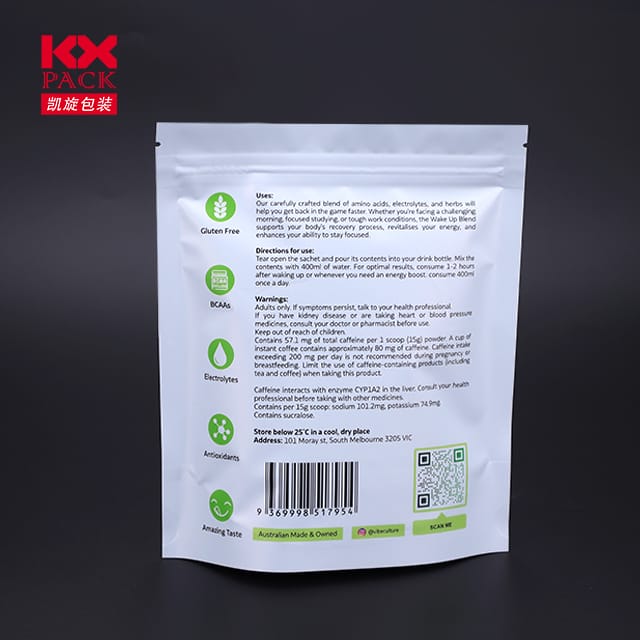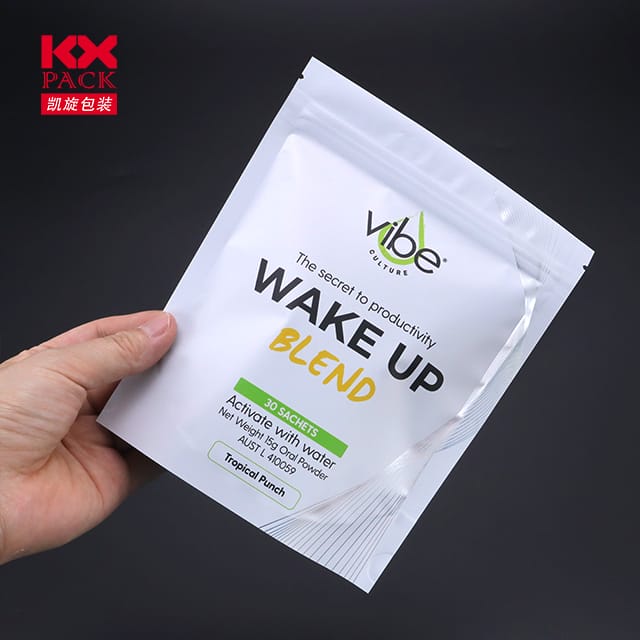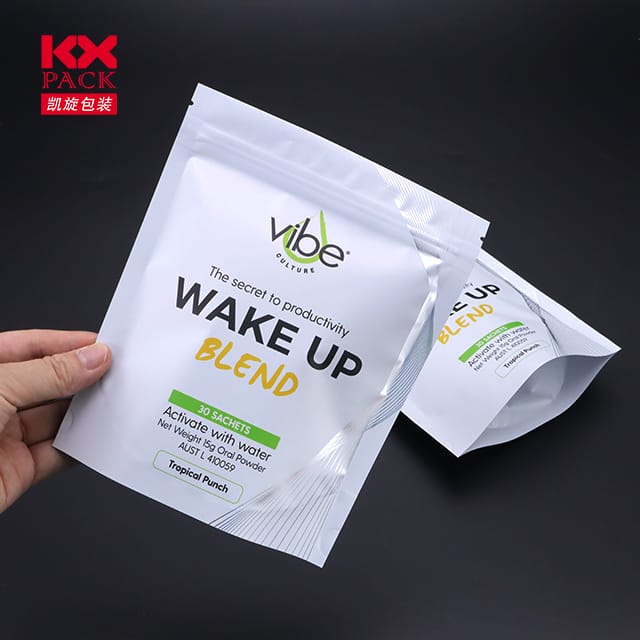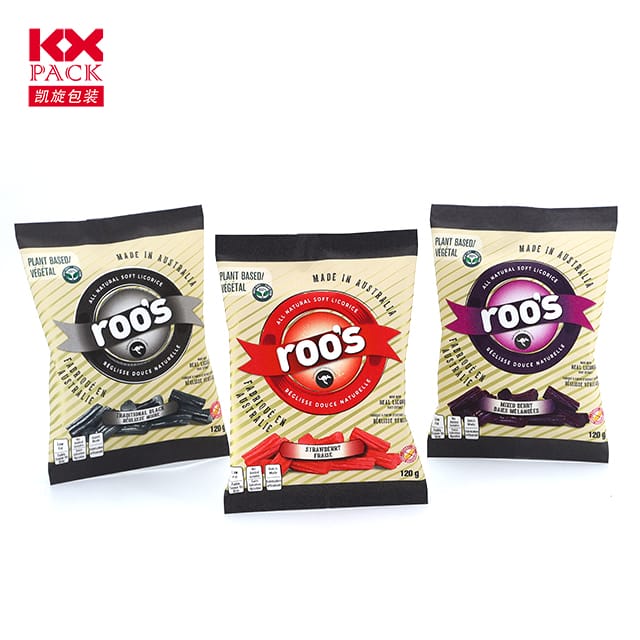现代生活的无名英雄: 塑料胶卷背后的故事(6)
塑料膜包装
从保护剩菜到保护脆弱的包裹, 塑料膜包装 (经常被称为保存电影, 建议包装, 或拉伸电影) 在我们的日常工作中是一个安静的主力. 然而, 它的便利性掩盖了创新的复杂叙述, 环境影响, 以及不断发展的可持续性努力. 让我们解开这种多功能材料的故事 - 它的用途, 争议, 而未来正在塑造.
塑料膜包装的演变
塑料薄膜包裹将其根源追溯到20世纪中叶, 当道琼斯化学引入第一个 “建议包装” 在 1949. 最初是为军事用途而设计的, 它的能力无粘合剂无粘合剂的表面使其成为家庭主食. 今天, 它在行业中使用:
- 食物存储: 保留新鲜度, 防止腐败, 并减少食物浪费.
- 后勤 & 船运: 捆绑产品, 固定托盘, 并在运输过程中保护货物.
- 农业: 屏蔽农作物免受害虫或恶劣天气.
- 卫生保健: 对医疗设备进行消毒和包装用品.
它的轻量级, 灵活的, 透明的性质彻底改变了我们的包装, 店铺, 和运输物品 - 但要花多少钱?
环境难题
虽然塑料胶片包装提供不可否认的好处, 它的环境足迹很难忽略:
- 一次性废物: 一次使用后,大多数包装都被丢弃, 为此做出贡献 380 每年全球产生的百万吨塑料废物.
- 回收挑战: 许多包装由低密度聚乙烯制成 (低密度聚乙烯), 这在技术上是可回收的,但经常被食物或不可回收材料污染, 导致低回收率.
- 微塑料污染: 当不正确地处置, 胶片包装分解为浸润生态系统的微塑料, 土壤, 甚至我们的食物链.
批评家认为,塑料包裹的便利性是以行星健康为代价的,这是一种需要紧急解决方案的权衡.
可持续未来的创新
好消息? 保鲜膜行业正在发展. 这是方法:
- 可生物降解 & 可堆肥的替代品:
- 公司正在尝试植物性材料 (像玉米淀粉或海藻) 创建自然分解的包裹.
- 例子: “笔记本,” 一家创业公司,制作食品包装的可食用/可生物降解的基于海藻的电影.
- 可回收 & 回收内容:
- 品牌正在增加消费后回收的使用 (pcr) 电影制作中的塑料.
- 创新 “单材料” 包裹 (由单一类型的塑料制成) 提高可回收性.
- 可重复使用的系统:
- 有机硅食品覆盖物, 蜂蜡包裹, 可重复使用的有机硅拉伸盖越来越受欢迎,作为家庭使用的环保替代品.
- 智能包装:
- 食用涂料 (像酪蛋白或基于藻类的电影) 可以完全替换某些应用的塑料, 例如涂层产品以延长保质期.
消费者责任: 小变化, 巨大的影响
工业创新, 个人也可以发挥作用:
- 减少: 选择可重复使用的容器或蜂蜡包装而不是一次性膜.
- 回收正确: 检查当地指南 - 一些区域接受回收垃圾箱中的清洁LDPE包装.
- 支持可持续品牌: 选择优先级环保材料或补充/重用计划的公司.
前面的道路
塑料胶片包装不会很快消失 - 它的公用事业太大了. 然而, 未来在于重新设计以实现可持续性. 是否通过可生物降解的材料, 闭环回收系统, 或行为转移, 目标是明确的: 保留我们喜欢的便利,而不会损害地球.
作为消费者和创新者, 我们拥有重塑这个故事的力量. 下次您到达那卷塑料包裹时, 问问自己: 有绿色的选择吗? 因为我们今天做出的选择将决定这种不起眼的材料是英雄还是成为明天故事中的恶棍.
您对塑料胶片包装有何看法? 爱它, 讨厌它, 或寻找替代方案? 让我们在评论中讨论! 🌍💡






